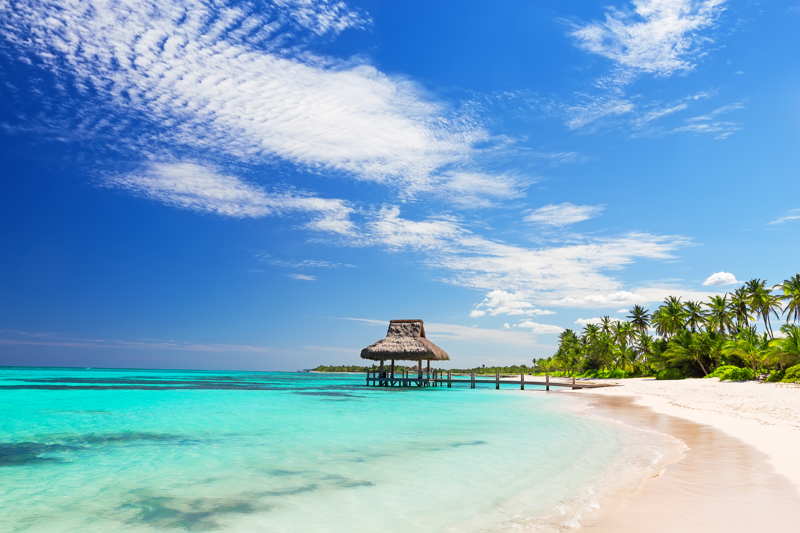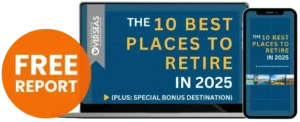Over the last two decades, the Dominican Republic has stood out as one of the fastest economies in the Americas – with an average real GDP growth rate of 5.4% between 1992 and 2015. GDP continues to hover at 7% a year driven largely by construction, manufacturing and tourism.
On the demand side, private consumption has recently been strong, as a result of low inflation (under 1% on average in 2015), job creation, and high remittances from Dominicans living abroad.
OnJanuary 2024, the Center for Export and Investment of the Dominican Republic (ProDominicana) announced a record for Dominican exports.
The DR exports reached US$847.8 million, the highest-volume January for exports in the history of the country, according to reports from the Dominican Republic government.
A Piece Of History
Despite being one of the first European settlements in the Americas, Hispaniola (as the island that encompasses the Dominican Republic and Haiti is known), was largely ignored by the Spanish in early colonial days in favor of gold-rich regions on the mainland.
The introduction of slave labor by the French in the 17th century turned the Haitian side into an agricultural powerhouse but the eastern side of the island languished and a small plantation economy persisted into the 19th century.







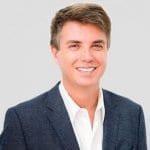
 . '
. '
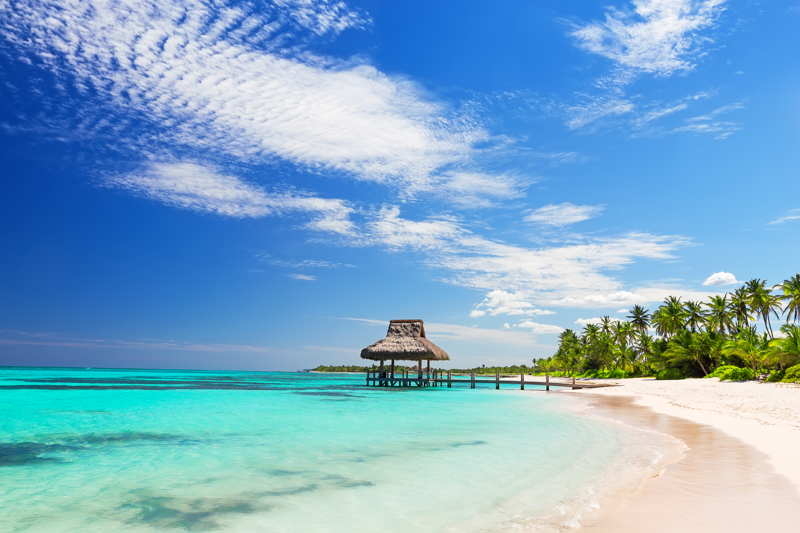 . '
. '
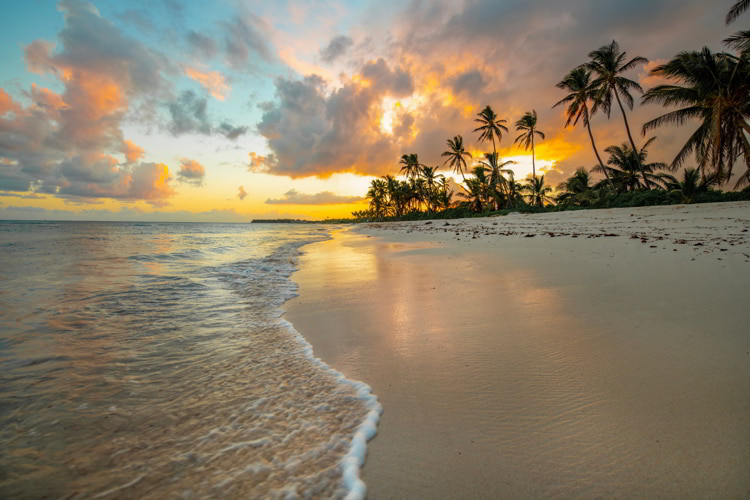 . '
. '
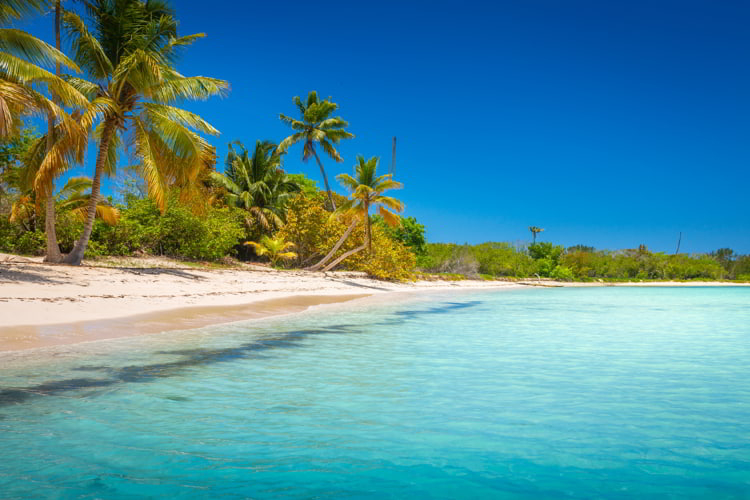 . '
. '
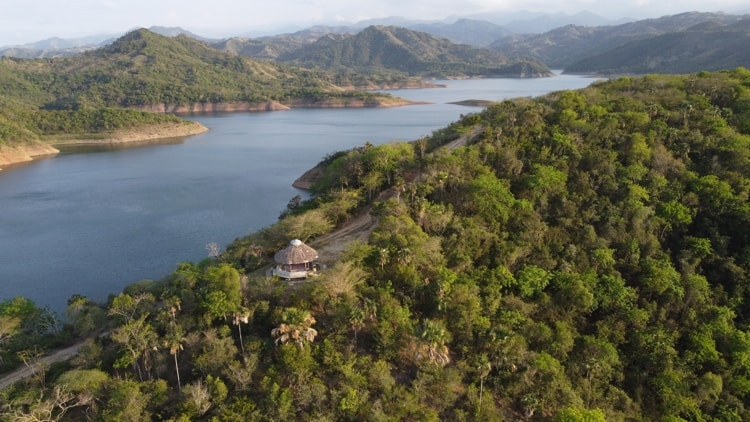 . '
. '

